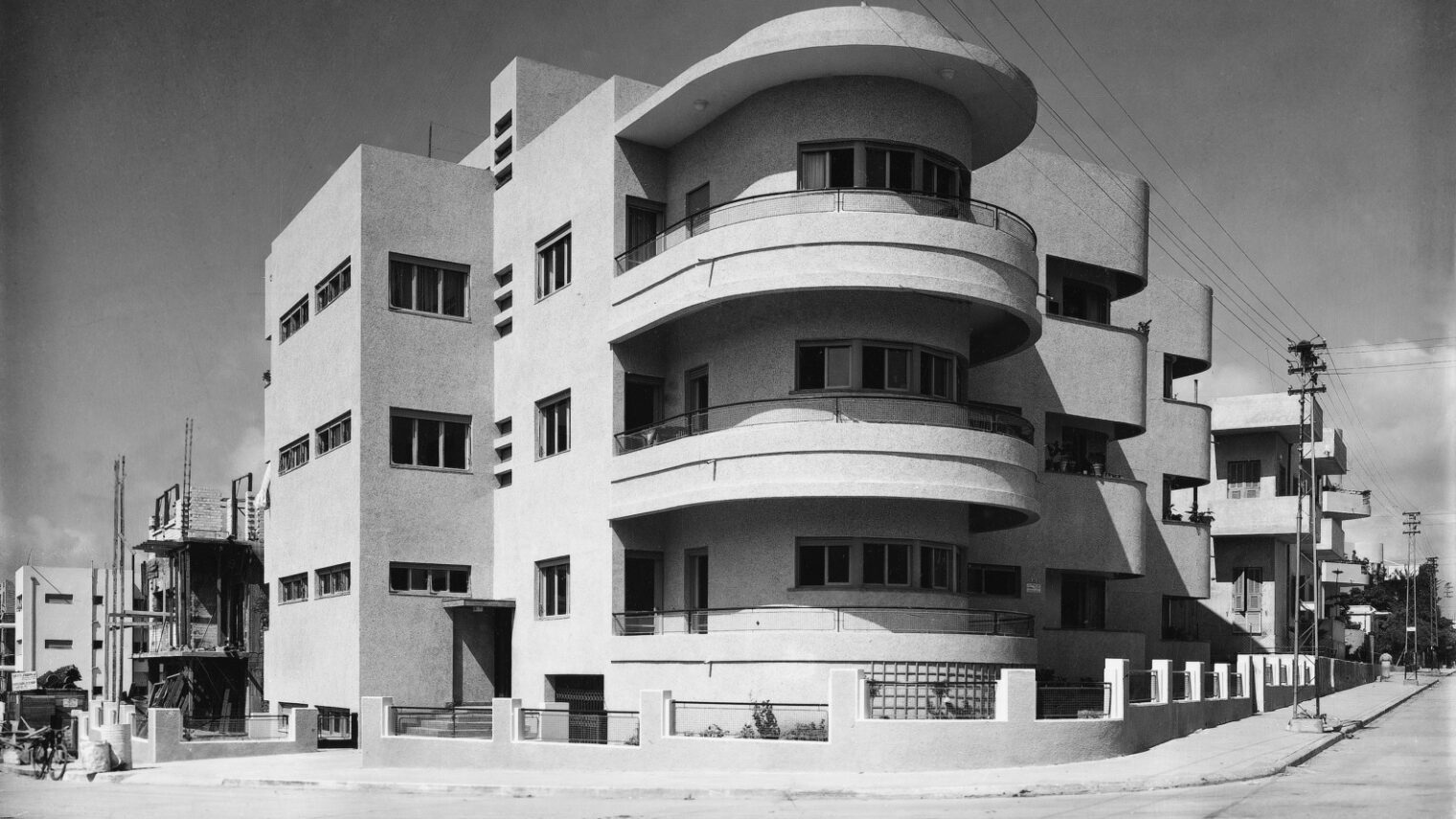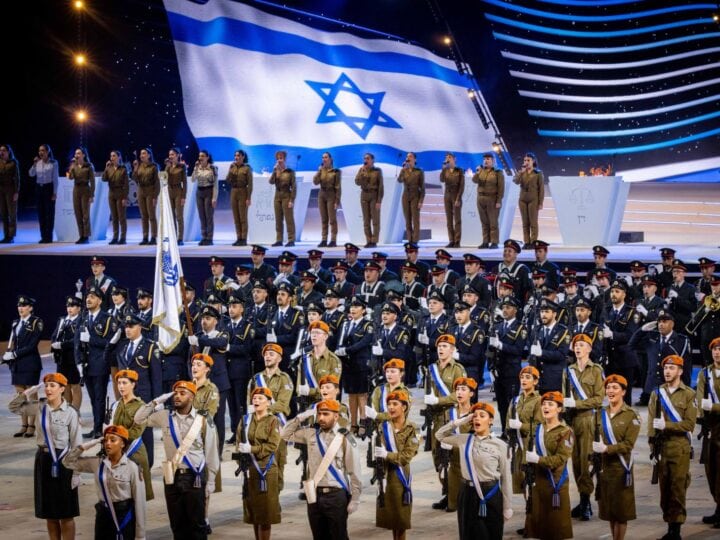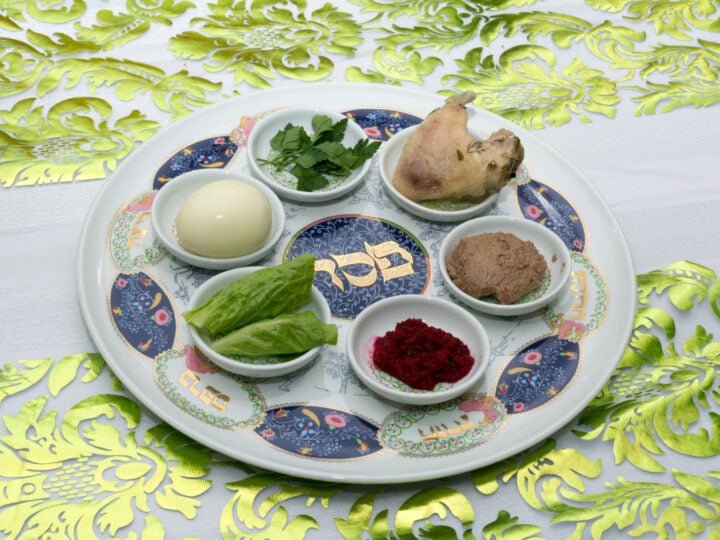“Social Construction,” a new exhibit at the Israel Museum in Jerusalem running through December 31, 2016, puts a spotlight on the “white architecture” that early 20th century European modernists imported to pre-state Palestine – and the social values this style reflects.
Curator Oren Sagiv gathered roughly 40 analytical and interpretive drawings together with more than 60 archival photographs of some of the iconic architectural projects built between 1930 and 1940 during the time of the British Mandate.
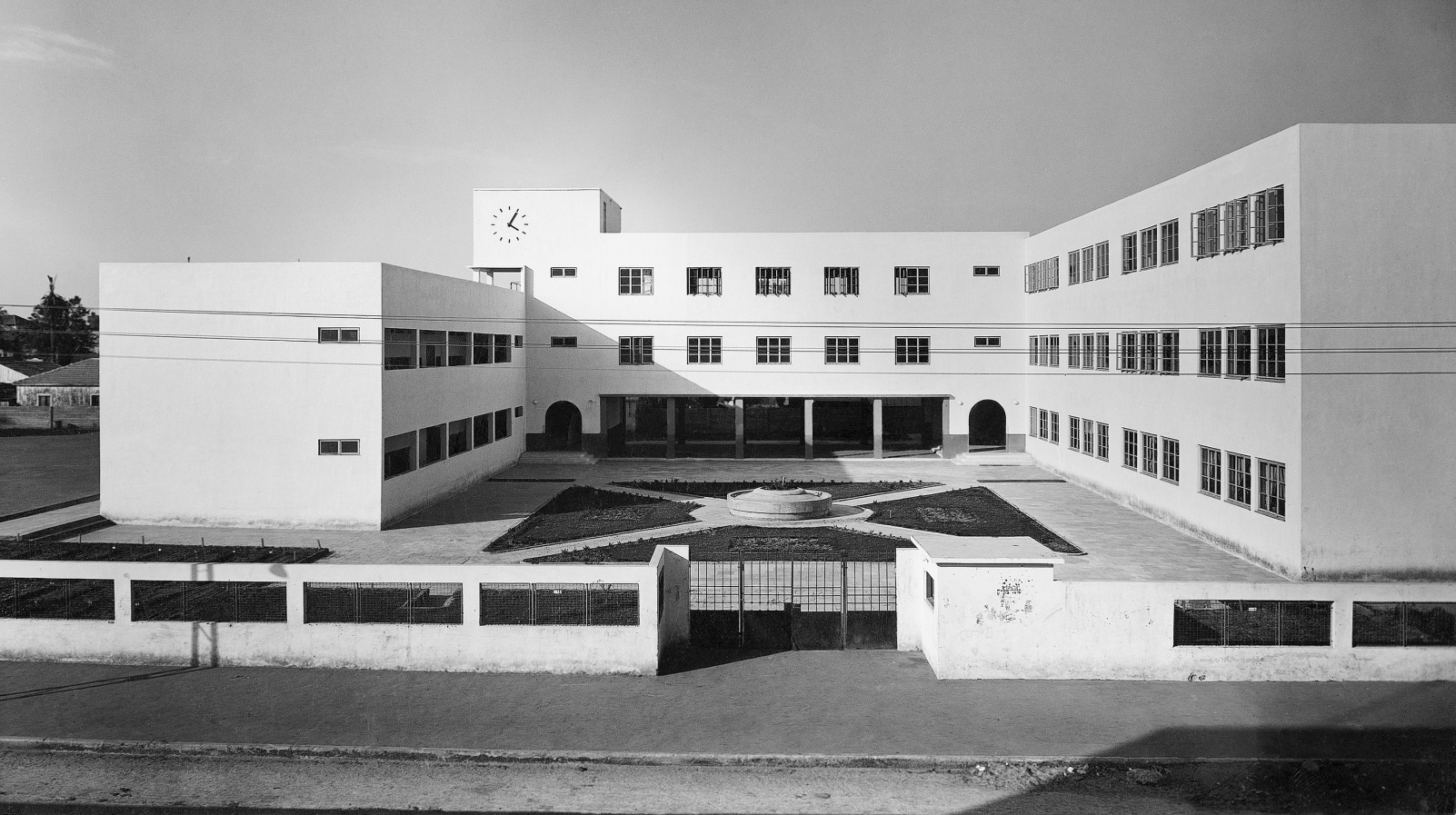
Of course, Tel Aviv is nicknamed the White City for its unrivalled abundance of these simple white, rounded buildings designed in what is known as the Bauhaus or International style. But they’re found in large numbers also in Jerusalem and Haifa.
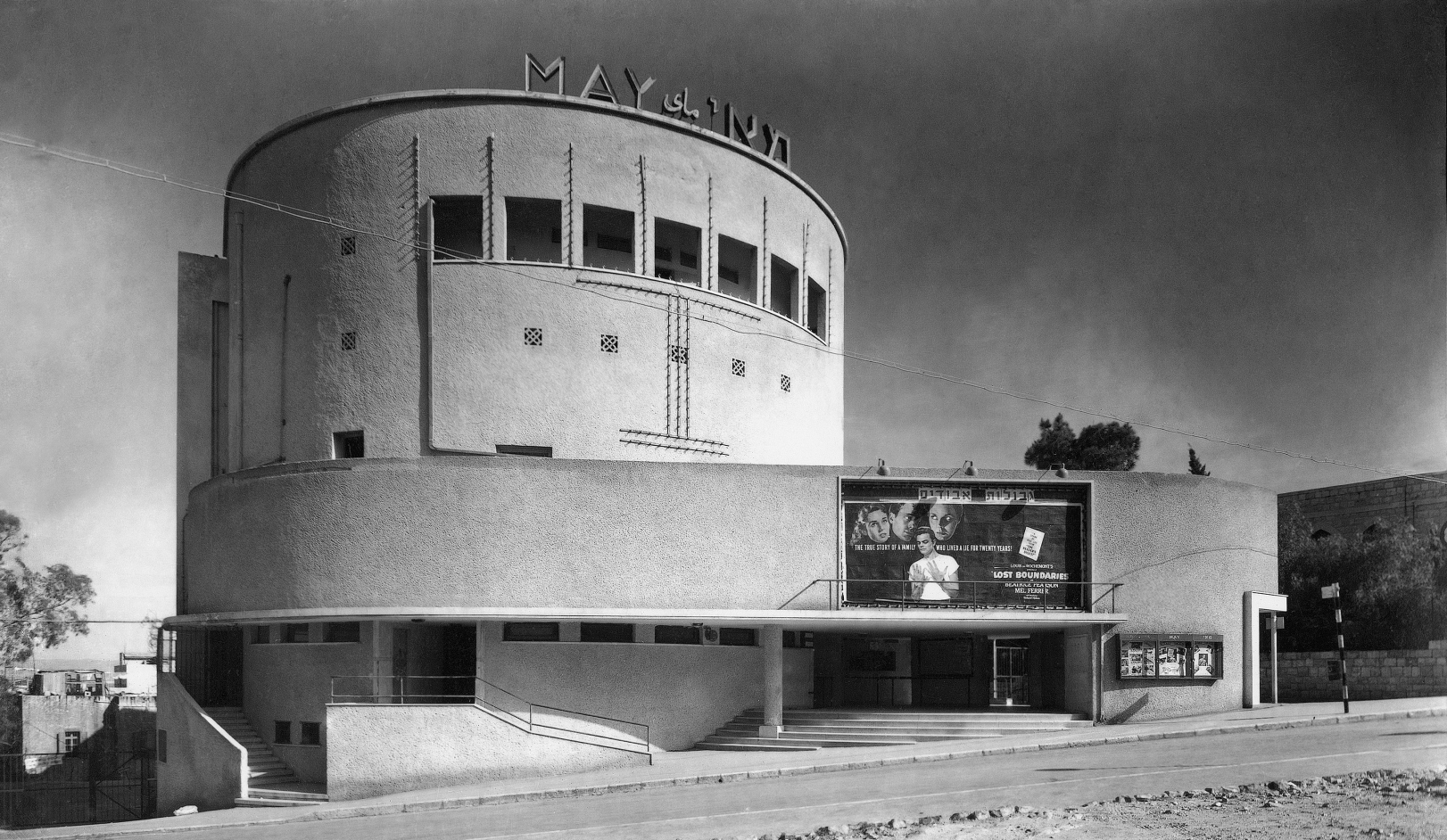
“Social Construction” shows how the development of these urban centers “emerged from the influence of international modernism while forming a unique architectural language inspired by the ambitions to establish a new state and to create a new social order,” according to the museum.
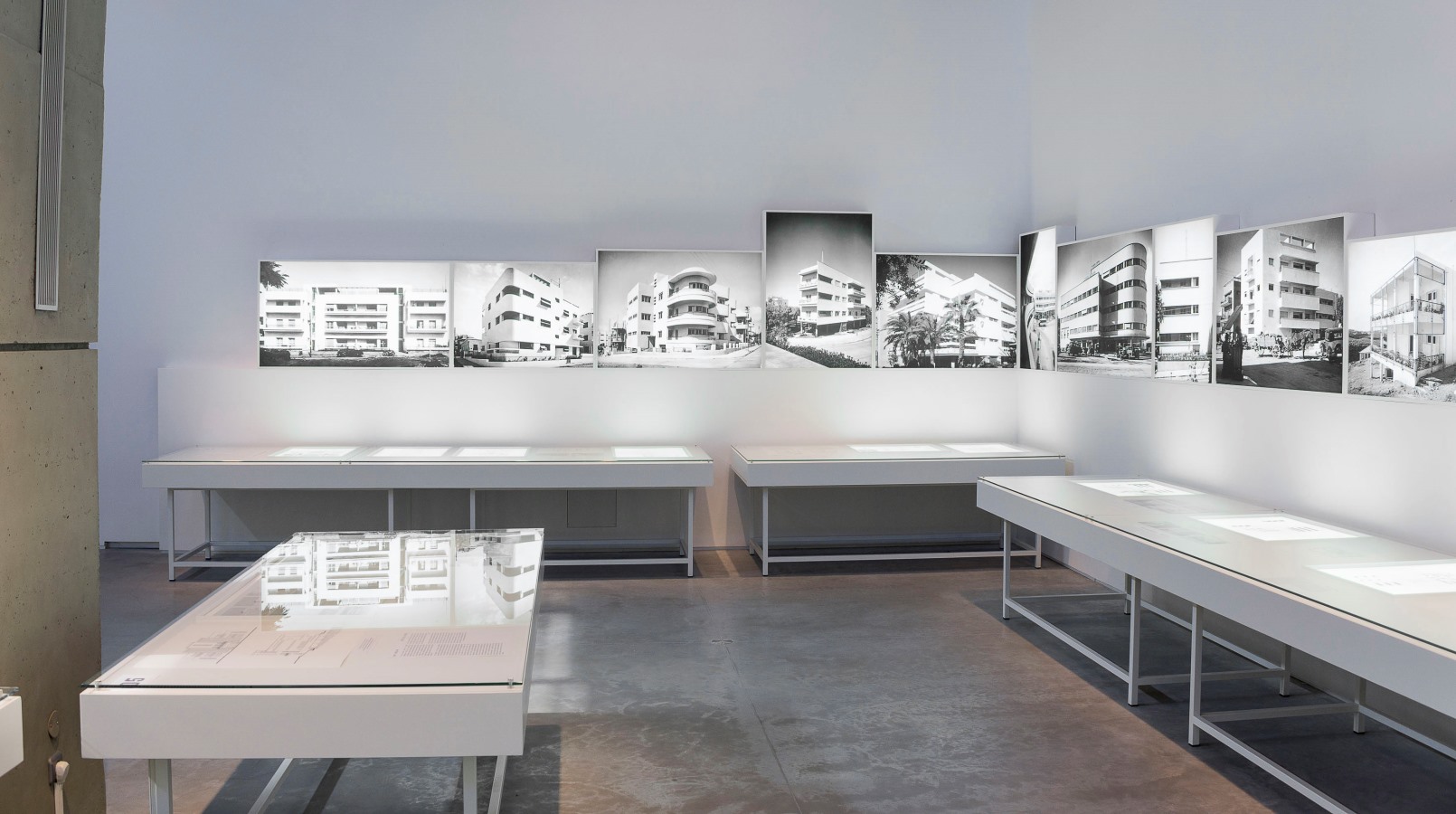
“The influx of immigration to Palestine following the Russian Revolution of 1905 and the concurrent political upheavals in eastern Europe brought a generation of architects who embraced modernism as a new beginning.”
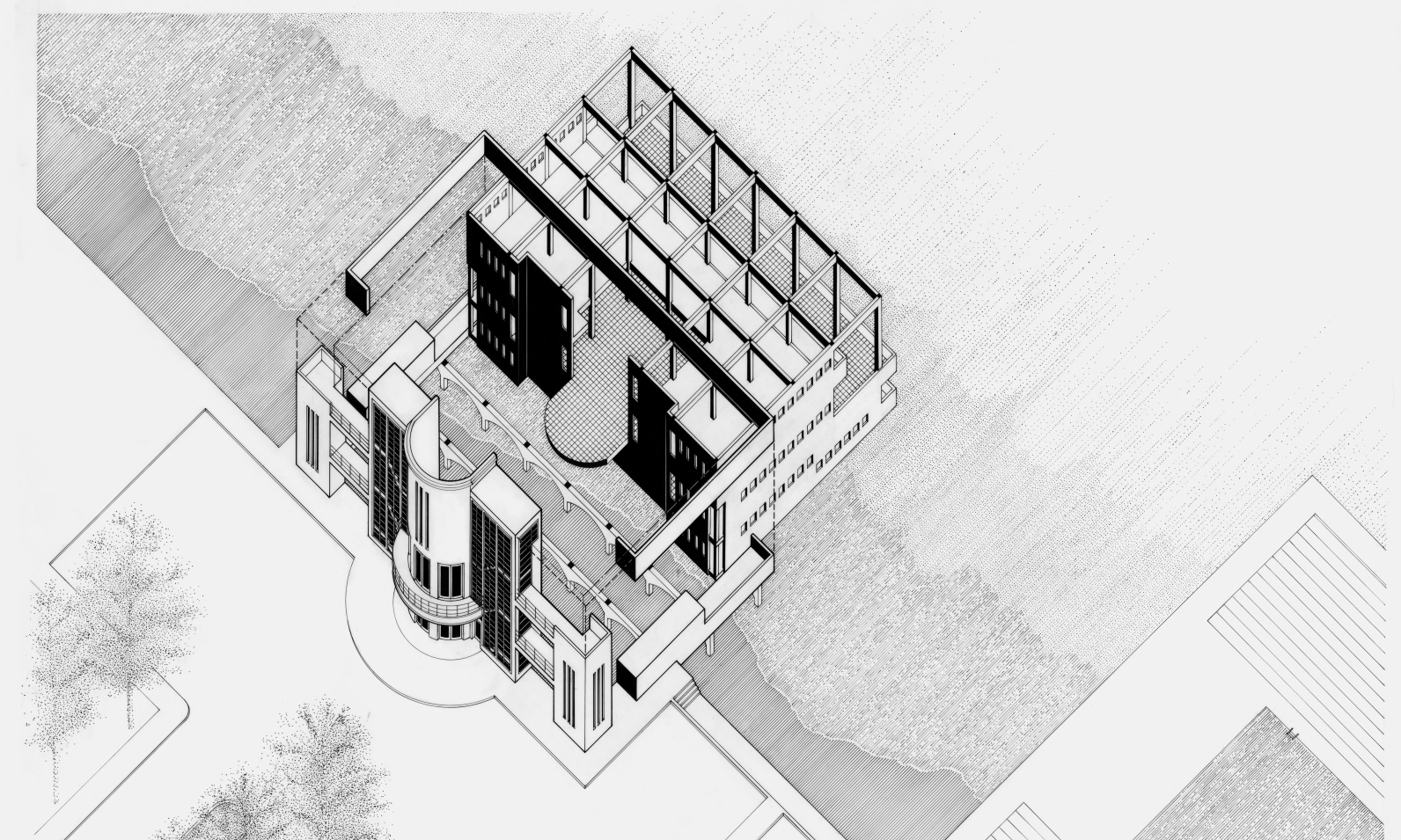
Located in the museum’s new Palevsky Design Pavilion, “Social Construction” draws on the research of Israeli architects Ada Karmi-Melamede and Dan Price, co-authors of Architecture in Palestine During the British mandate, 1917-1948. An English translation of the book was published as a companion to the exhibition.
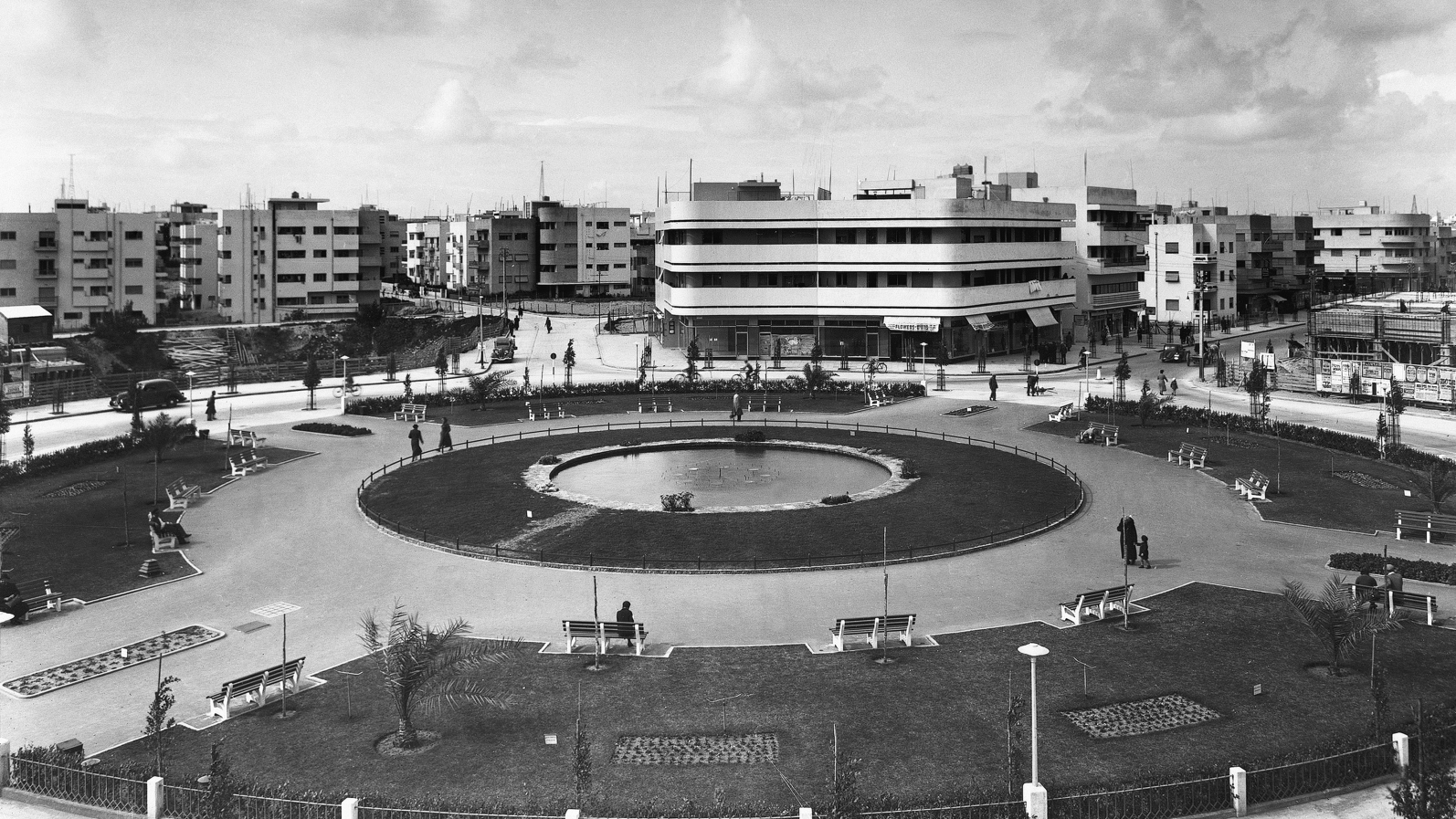
For more information, click here.
Fighting for Israel's truth
We cover what makes life in Israel so special — it's people. A non-profit organization, ISRAEL21c's team of journalists are committed to telling stories that humanize Israelis and show their positive impact on our world. You can bring these stories to life by making a donation of $6/month.





